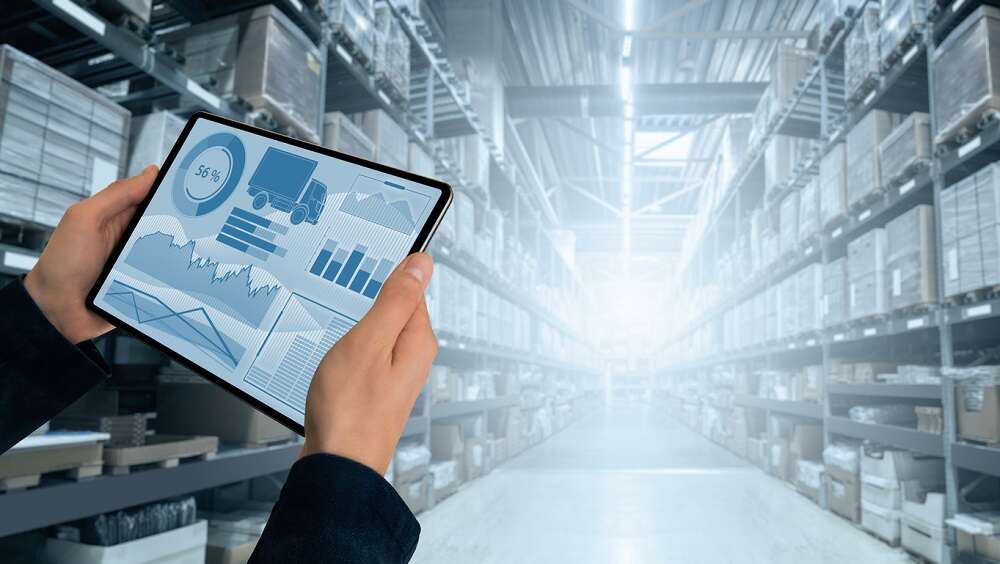
Written by Sebastien Marchon, CEO at Rydoo
The last two years have undoubtedly been hard for many businesses and finance departments. Technology has fueled the ability for businesses to survive through the crisis yet it has been forward-thinking businesses that are making the quick decisions now to optimise tech stacks to protect their organisation for years to come.
It was noted in 2021 that most companies won’t have the management bandwidth and resources to take on a full-scale modernisation of their tech stacks in the next 12 to 18 months. Yet many companies are experiencing frustrations of having data held on different systems, which is leading to a lot more administration and little time for analysis and strategy.
Needs and Benefits of Digital transformation
Employees have been moving out of offices since before the COVID-19 pandemic, and this trend is accelerating. The accuracy, adaptability and security of cloud-based systems is vital to the future of how people work – especially if they are working off-site. There are, however, roadblocks that need to be overcome – only 25% of finance-department operations have been digitised. When we consider that 40% of companies almost immediately experienced a substantial improvement in their business performance as a result of digital transformation, there is a lot of untapped capacity.
If businesses are to take advantage of digitisation, they need to be prepared for it – legacy issues, both technical and organisational, keep too many companies stuck in the past. Companies and employees will only realise the long-term benefits of digitisation if CIO’s and CFO’s work together to discover and implement the very best solutions for their businesses.
One key frustration that has been noted among finance teams is the issue of having data held on different systems, which was leading to a lot more administration and little time for analysis and strategy. This is where the value is in leveraging technology – you move away from the production of reports to analysing data.
Smart Systems as the Solution
The Enterprise resource planning (ERP) system is a good solution for young companies. An ERP gives you a bird’s eye view of your business – track spending, resource availability and project profitability in real-time to help plan for the future.
Such a system is about centralising, monitoring and standardising all of the information that comes into a business. It should become a hub for day-to-day information, helping to optimise performance and streamline costs. It’s there to process and check data, which can paint a picture in real-time of what is happening.
For a newer company, an ERP can be implemented and immediately begin working with all areas of the business. However, it is difficult for large companies with legacy systems to make such a big change all at once. Such a significant overhaul could take years and may not work as intended. For such businesses, the step-by-step approach may be more appropriate.
Working with Excel may be fine for those companies still in the early stages of growth, but for larger institutions, it soon becomes unsustainable. Digitised systems covering reporting, budgeting, payments and expenses can manage kind of volumes of data that would prove unsustainable in Excel. Implementing the below one step at a time – in an order dependent on priorities – may be a better way to manage digitisation for more established companies with outdated legacy systems.
Management reporting – Management reporting software makes it easier to create and distribute reports across the business. These reports can then be customised and analysed to help make more-informed business decisions.
Budgeting – Budgeting software allows businesses to keep track of progress, manage risks and react quickly to any issues that arise from company spending.
Payment processing – Payment processing is a fast, efficient means of issuing invoices and taking payments. Most cloud-based payment-processing applications can be integrated easily with most businesses’ accountancy suites, which removes much of the administration involved with the receiving and processing of payments, allowing the finance team to better manage cash flows and determine with greater certainty the company’s financial position.
Travel & expenses (T&E) – A travel & expenses cloud-based system allows for real-time management and oversight of the expense management process. Employees are able to input expenses into an app, which are then signed off or queried by the finance team. Data is then collected and collated without the need for data entry, and paper receipts and forms.
2022 the year for Smart Systems
On average, 10-12% of a company’s annual budget is spent on expenses related to business travel, second only to rent as an operating expense. Today the entire T&E process – from booking a business trip to submitting expenses on the go and then getting reimbursed – can happen online, which helps to drastically reduce the total spend. Finance teams are also able to collate up-to-date information, making the total spend far more transparent and allowing for analysis and long-term strategizing.
Finance teams now require access to up-to-the-minute information from anywhere in the world, in order to conduct analysis and develop business strategies. Therefore smart systems are now fast becoming a necessity to help optimise a finance department’s tech stack. 2022 is the perfect opportunity for businesses to make smart investments in their tech stacks with smart systems. This will enable these businesses to not only come out of the pandemic having survived but place them on the right leg to thrive.


